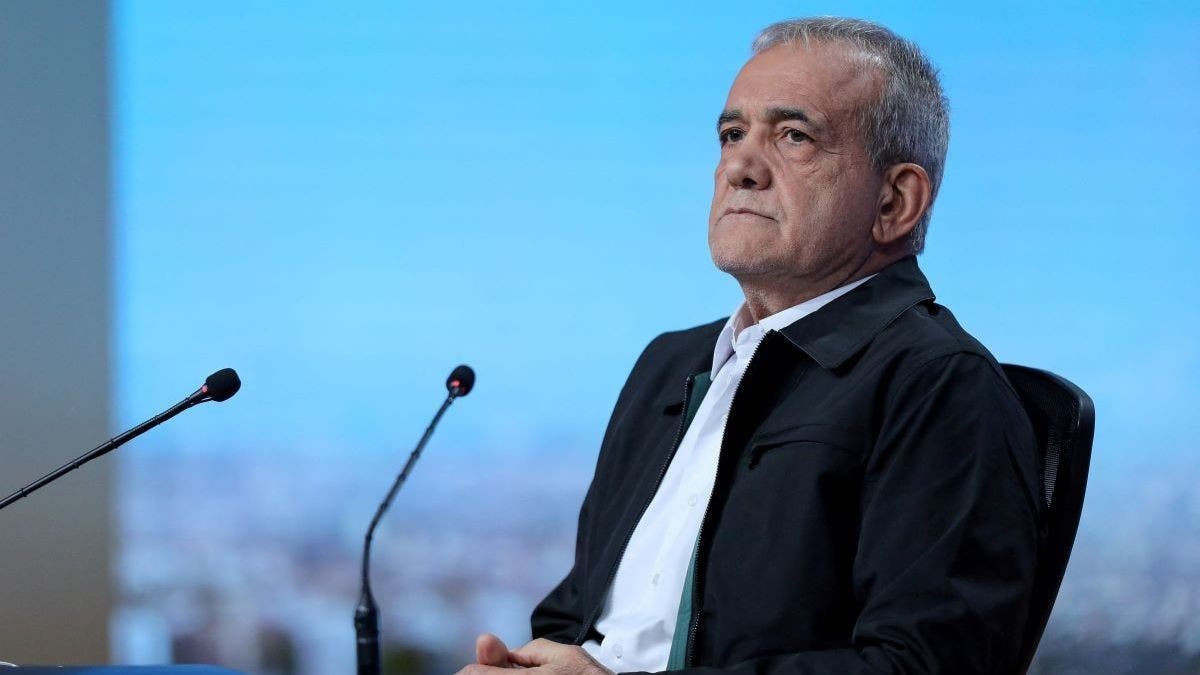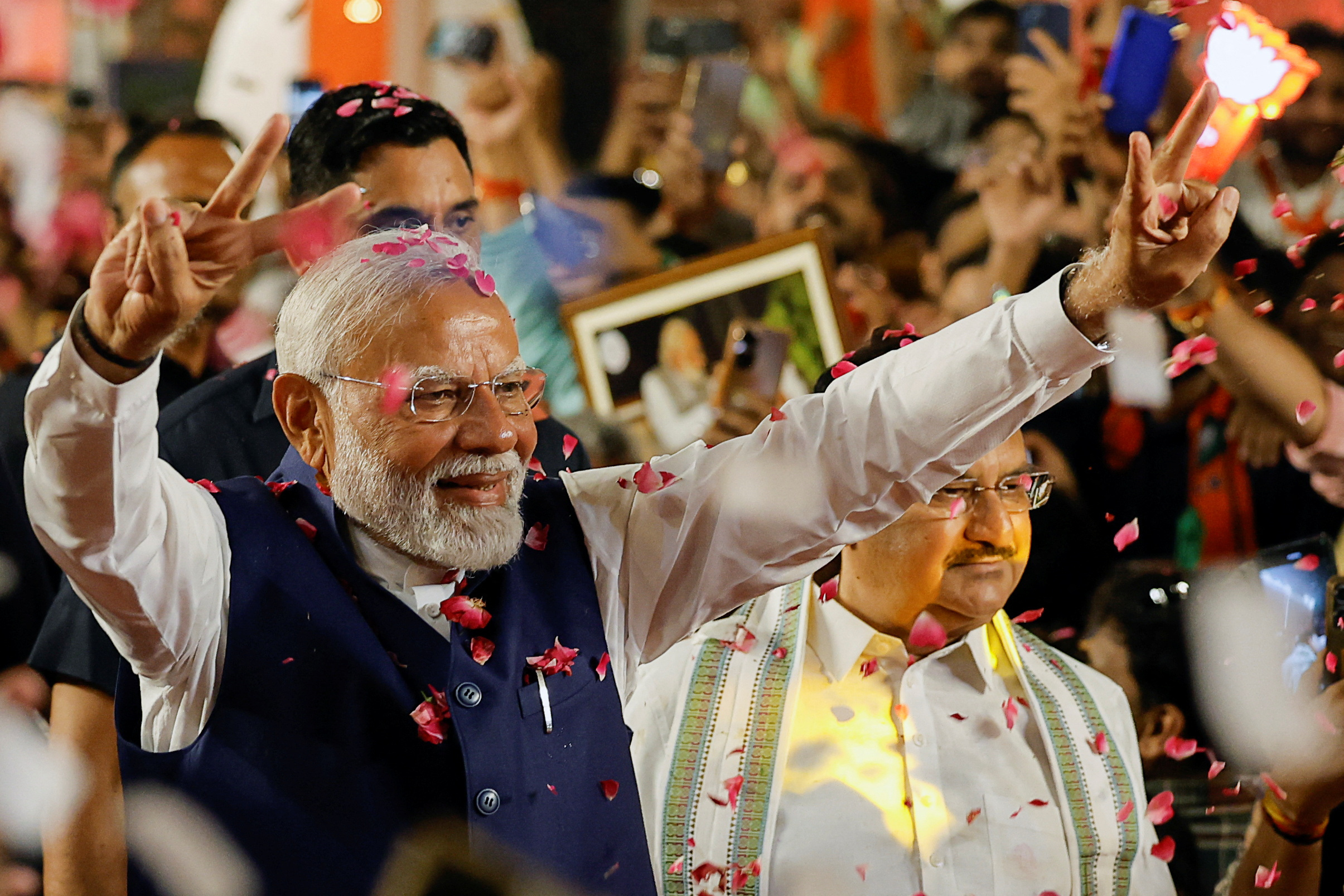Peru is a country located in western South America, bordered by Ecuador, Colombia, Brazil, Bolivia, and Chile. Here is some information about the political system in Peru:
- Presidential Republic: Peru operates as a presidential republic, where the President of Peru serves as both the head of state and the head of government. The President is elected by popular vote for a five-year term and can serve only one non-consecutive term.
- Executive Branch: The President of Peru is responsible for the administration of the government and the implementation of policies. The President appoints the members of the Council of Ministers, who assist in the governance and decision-making process.
- Legislative Branch: The Congress of the Republic of Peru is the country’s unicameral legislative body. It consists of 130 members known as Congressmen (Congresistas). Congressmen are elected through a proportional representation system for a five-year term. The Congress is responsible for making and passing laws, approving the national budget, and exercising legislative powers.
- Political Parties: Peru has a multi-party system, with several political parties participating in elections. Some of the major political parties in Peru include Peruvian Nationalist Party (Partido Nacionalista Peruano), Popular Action (Acción Popular), and Popular Force (Fuerza Popular), among others.
- Judiciary: The judicial system in Peru is independent of the executive and legislative branches. The Supreme Court of Justice is the highest judicial authority in the country. It is responsible for interpreting the laws, ensuring the constitutionality of legislation, and overseeing the administration of justice.
- Regional and Local Governments: Peru has a decentralized system of governance, with regional governments and local governments responsible for certain administrative and governance functions at the regional and local levels.



